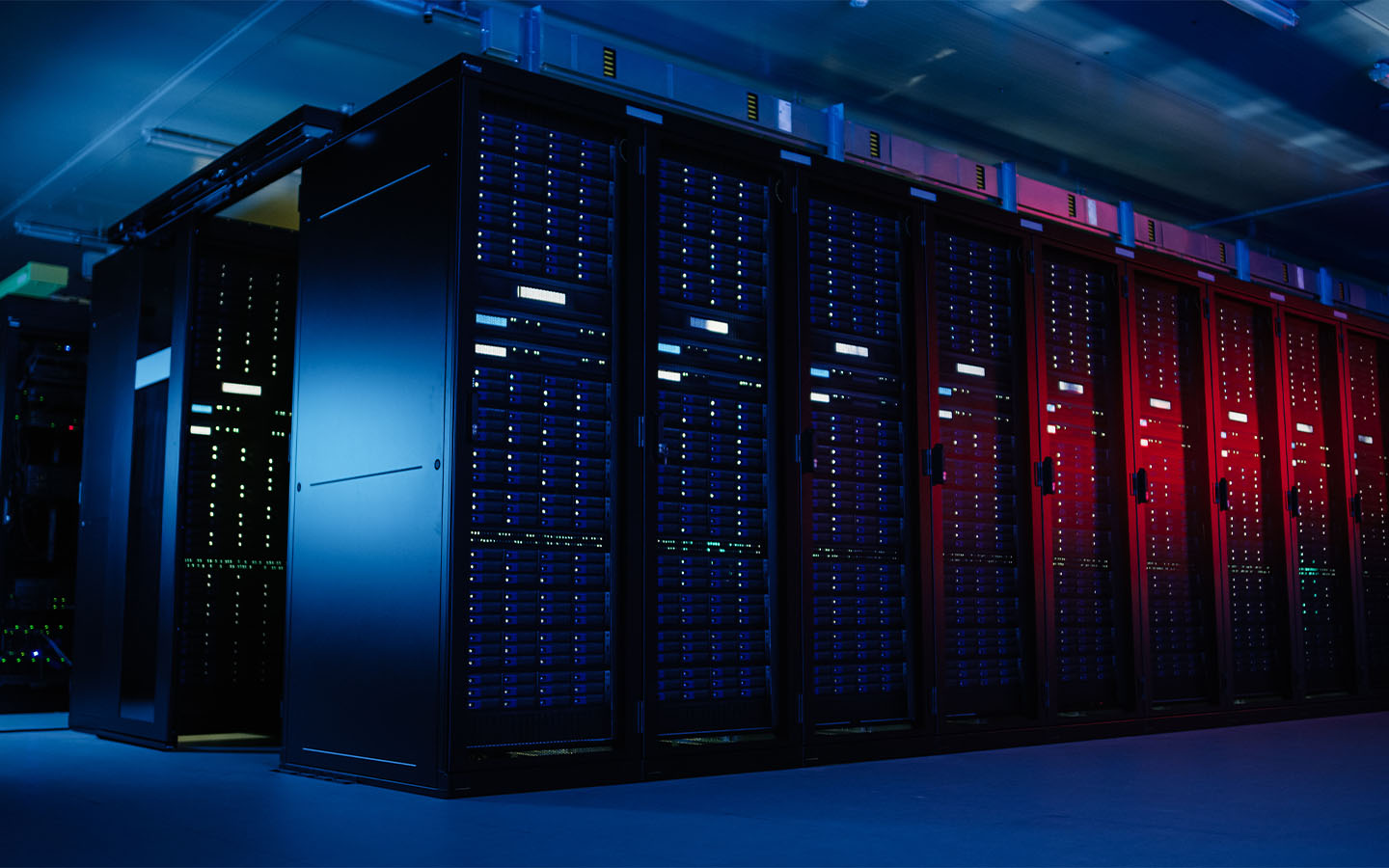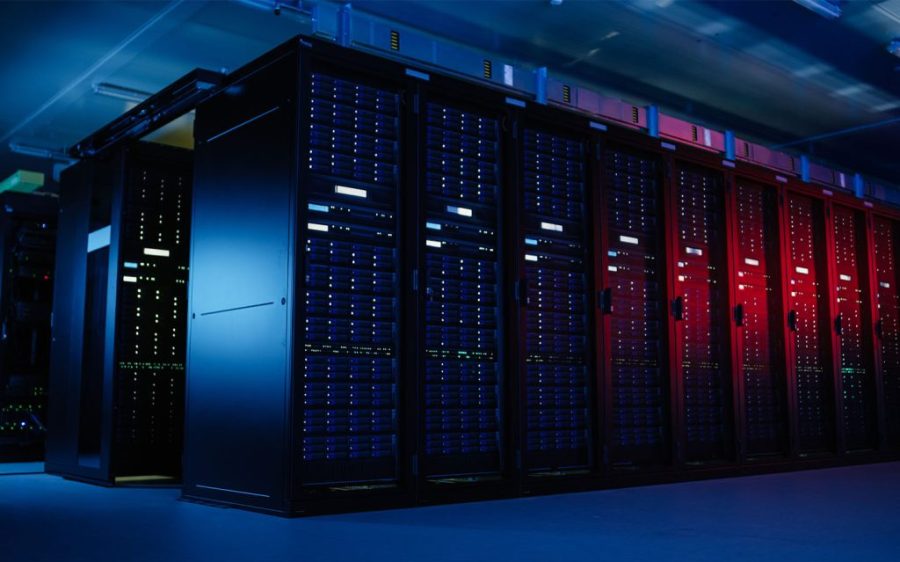The International Energy Agency (IEA) has published a comprehensive report on the growing connections between energy and AI, which is expected to surge demand across the developed world in the next five years.
The report Energy and AI draws on new datasets and extensive consultation with policy makers, the tech sector, the energy industry and international experts to produce a global analysis on the relationship between these technologies. It projects that electricity demand from data centres worldwide will more than double by 2030, reaching around 945 terawatt-hours (TWh) or roughly the entire energy consumption of Japan. AI is expected to be the main driver of this staggering increase, with electricity demand for AI-optimised data centres projected to more than quadruple during the same five-year period.
The impact of that growth, IEA Executive Director Fatih Birol said in the press release, depends on how we deploy this emerging technology. “AI is a tool, potentially an incredibly powerful one, but it is up to us – our societies, governments and companies – how we use it.”
[See more: Taiwan mulls ‘new nuclear technologies’ to fuel AI’s voracious demand for energy]
Although data centres only account for around 0.5 percent of CO2 emissions today, the IEA report cautions that the sector is one of only a few expected to see an increase in direct and indirect emissions by 2030, and in one scenario, would represent the largest emissions growth among all sectors. That clear increase, seen even in the report’s most optimistic scenario, could potentially be offset by AI itself. The report notes the growing role of AI in scientific discovery, finding that it could accelerate innovation in energy technologies such as batteries and solar photovoltaics.
Emission reductions is another area where AI may prove useful, enabling better monitoring of methane emissions in oil and gas operations or improving the efficiency of fossil fuel-powered plants. Industry, an area resistant to emissions reduction, could also benefit from AI-optimised manufacturing processes. Similarly, the report argues, AI could be used to reduce emissions from transport and buildings. “With the rise of AI, the energy sector is at the forefront of one of the most important technological revolutions of our time,” Birol reflected.
Based in Paris, the IEA was established in 1974 to provide policy recommendations, analysis and data on the global energy sector. With 31 member countries and an additional 13 association countries, the IEA represents 75 percent of global energy demand, 64.4 percent of global energy production, 77 percent of global CO2 emissions and 87 percent of global clean energy investment. The agency laid out its Net Zero Roadmap in 2021, aimed at reaching net zero greenhouse gas emissions by 2050.






